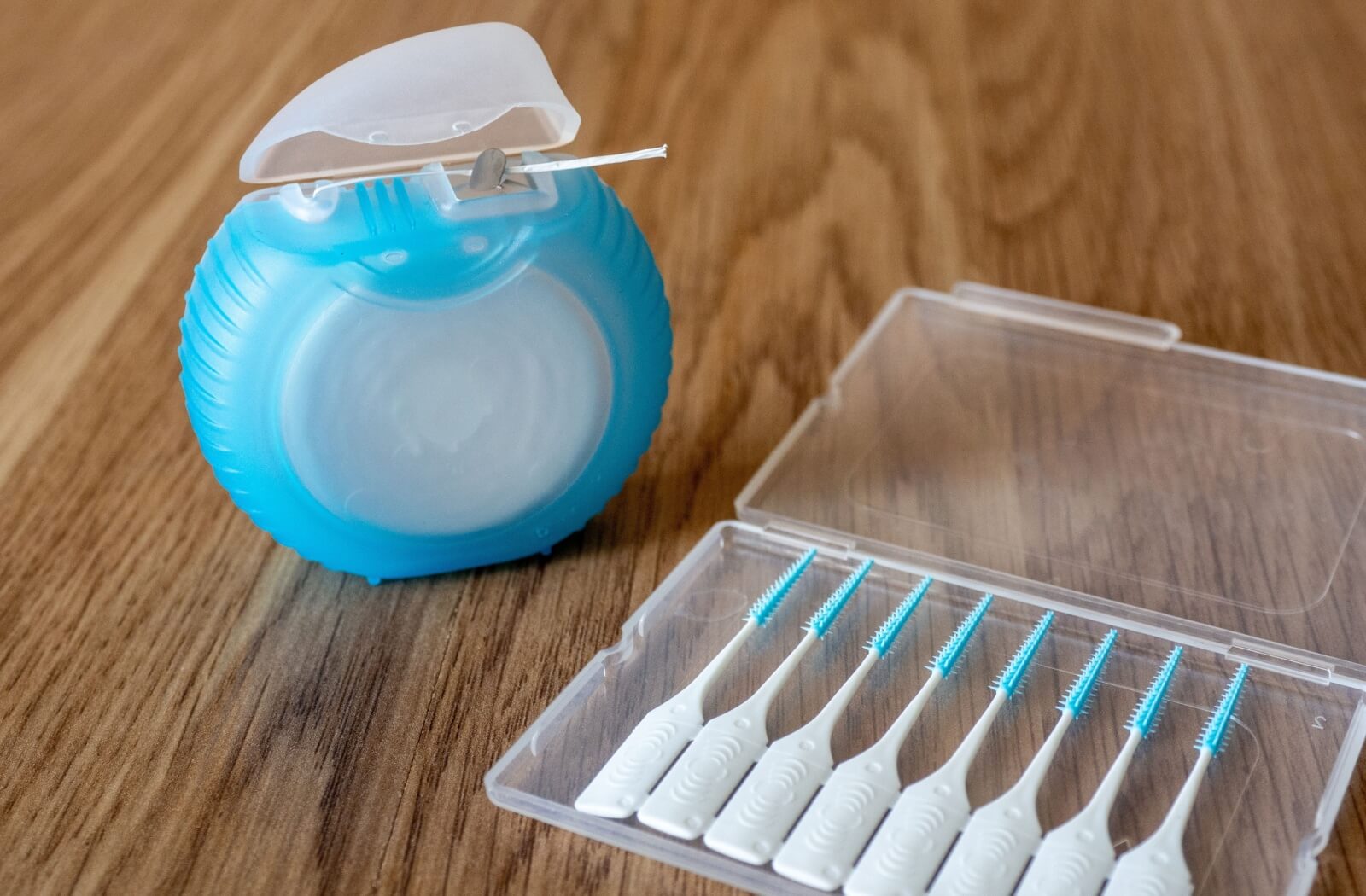
Flossing is that extra step in your oral hygiene routine that can sometimes feel like a chore, but it's crucial for maintaining good oral health. Yet, for some, the sight of blood while flossing can be a startling red flag. You might wonder, "Why do my teeth bleed when I floss?" The truth is that bleeding gums can be a common sign of gums that need to be flossed more often.
It’s fairly simple to keep this from happening, with a little care. If your gums bleed or swell a lot after flossing, and you’re concerned, feel free to contact us at Vita Dental Wellness, and we will be happy to talk through any worries you still have.
Why Flossing Matters
Flossing daily is an essential part of a complete oral hygiene routine. While your toothbrush does a great job cleaning the surfaces of your teeth, it can't reach the tight spaces between them. That's where flossing steps in, removing plaque and food particles that can lead to tooth decay and gum disease. The benefits of flossing go beyond just keeping your smile bright. Good oral health contributes to overall well-being, reducing the risk of more serious health issues.
The Cause of Bleeding Gums
Seeing blood can be unsettling, but it's important to understand that occasional bleeding during flossing is common, especially if you're new to flossing or haven't been doing it regularly. However, if you're a long-time flosser and notice bleeding, it usually indicates an underlying issue that needs attention.
Common Causes of Bleeding Gums
There are several reasons your gums might bleed when you floss:
Rough Flossing
Proper flossing removes food particles and plaque buildup from between teeth and below the gumline. However, rough flossing can irritate the gums, especially if they're already sensitive. Be gentle to avoid unnecessary irritation.
Gingivitis and Gum Inflammation
The most common reason for bleeding gums is gingivitis, an early stage of gum disease. This condition arises from the body's inflammatory response to plaque, a sticky film of bacteria. Symptoms include red, swollen, and tender gums that may bleed during brushing or flossing. Thankfully, early-stage gingivitis is reversible with good oral care and professional attention.
Incorrect Flossing Technique
Using the wrong technique can also lead to bleeding. Snapping the floss between teeth can be harsh on your gums. Instead, gently guide the floss using a back-and-forth motion until it reaches the gumline. Then, curve it into a 'C' shape around each tooth, moving it up and down to clean thoroughly.
Periodontal Disease
If gingivitis is left untreated, it can progress to periodontitis, a more severe form of gum disease. This stage can cause bone and tissue loss and is the leading cause of tooth loss in adults. Bleeding gums when flossing could indicate more serious damage, so it's important to address it promptly.
Tips for Preventing Bleeding When Flossing
While bleeding gums aren't an emergency, they do suggest that action is needed. Here are some tips to help prevent bleeding:
Find Your Floss of Choice

There are many types of floss available, from waxed to unwaxed, flavoured to unflavored, and even textured varieties. Floss comes on different styles of floss pick, and there are even interdental brushes, which act like dental floss. Experiment to find one that feels comfortable and easy to use regularly.
Perfect Your Flossing Technique
The way you hold and move the floss can make a big difference. Here's a quick guide:
- Start with about 18 inches of floss, leaving 2 inches between your fingers to work with.
- Slide the floss gently up and down between your teeth.
- Curve the floss in a 'C' shape around each tooth, making sure to go beneath the gum line. Brush up and down the surface of the tooth with the floss.
- Move to a clean section of floss as you go from one tooth to another. This ensures you're not just moving plaque around.
Make Flossing Part of Your Daily Routine
Like any healthy habit, consistency is key. The more you floss, the more comfortable and effective you'll become. Over time, you'll likely notice less bleeding as your gums become healthier.
When to Consult a Dentist
If you experience persistent, significant bleeding or have other oral health concerns, such as loose teeth or bad breath, it's time to visit your dentist. They can determine the cause of the bleeding and offer treatment solutions tailored to your needs. Even the best at-home care can benefit from professional guidance, so don't hesitate to seek help.
Improve Your Dental Health
The temporary discomfort of bleeding gums while flossing shouldn't deter you from this important habit. Instead, consider it a valuable health indicator prompting you to seek better dental care. Staying informed, seeking professional advice, and maintaining a good oral hygiene routine can turn those red flags into green lights for optimal health.
For all your dental concerns, book an appointment with Vita Dental Wellness. Our team is here to help you achieve and maintain a healthy, happy smile.
